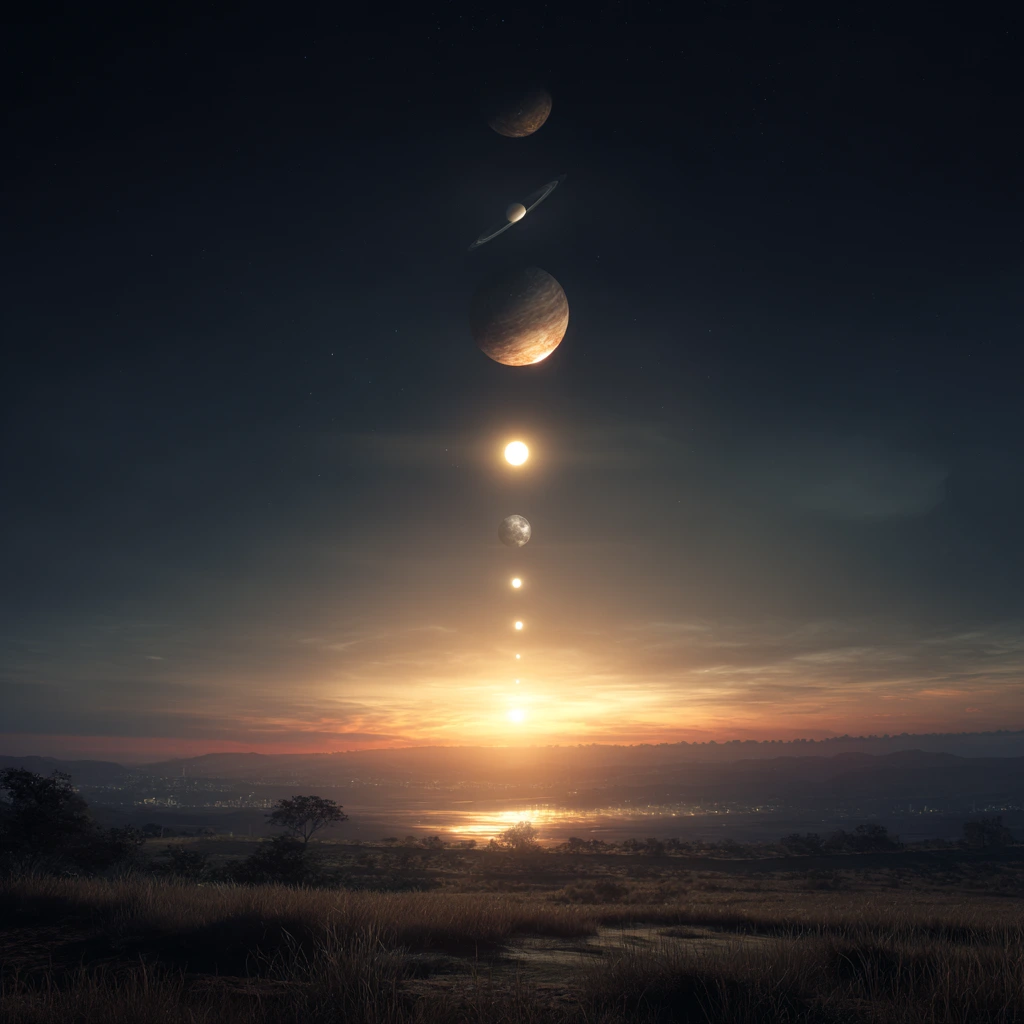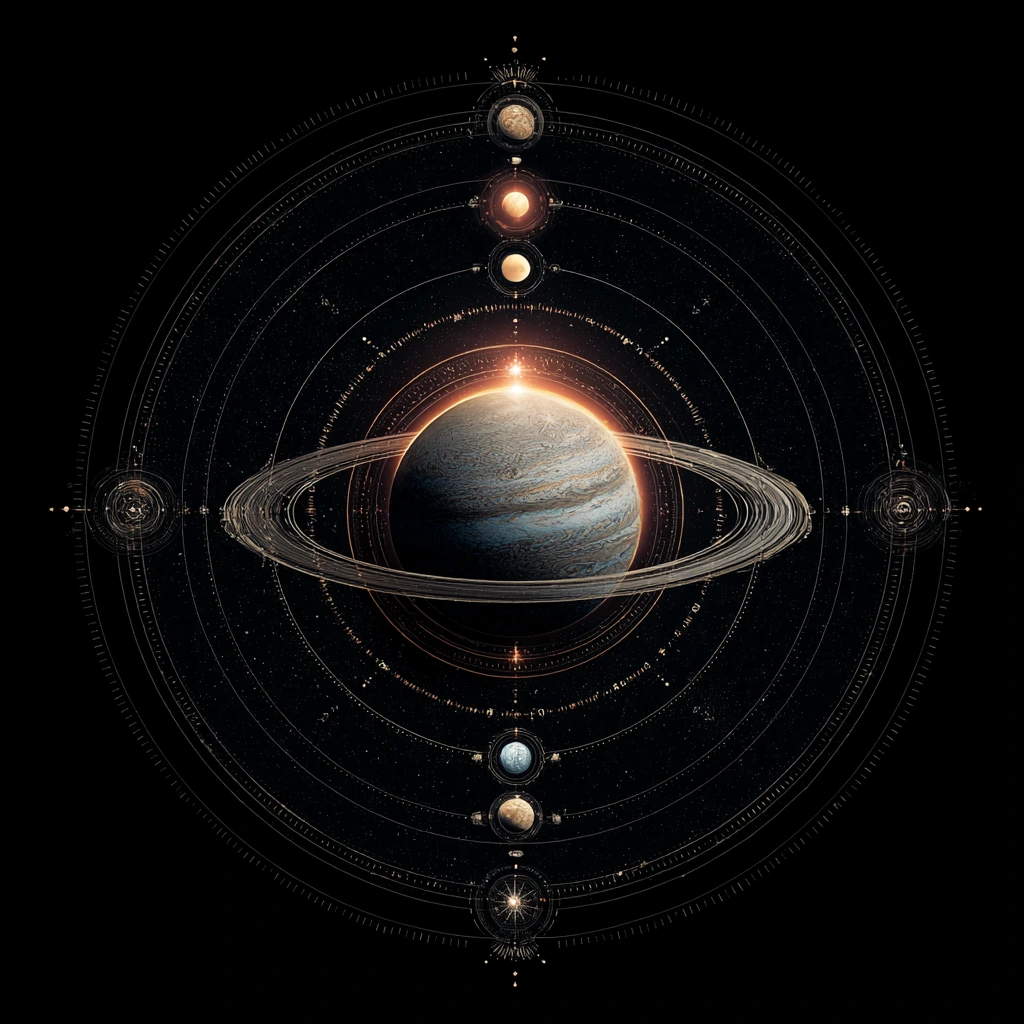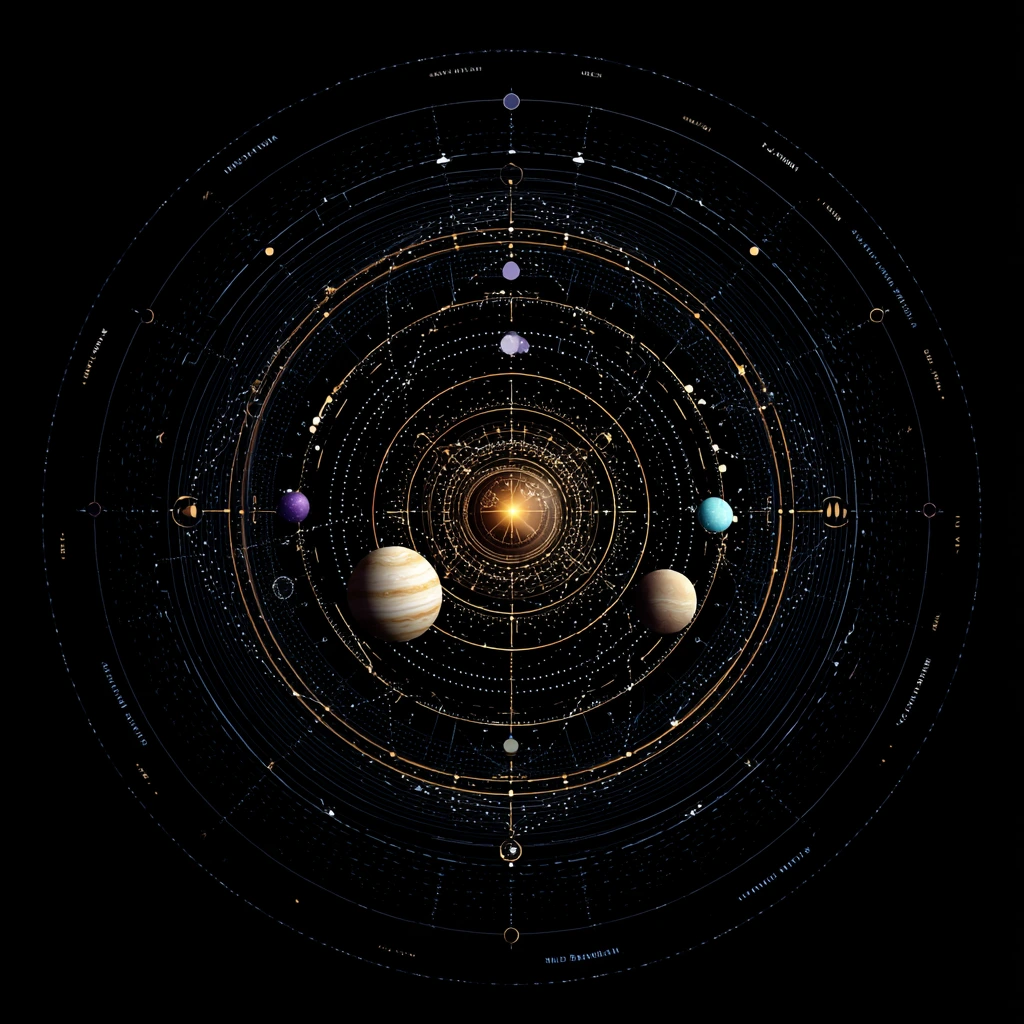If you’re a fan of stargazing or simply fascinated by the wonders of the cosmos, today’s celestial event is one you won’t want to miss! A rare planetary alignment is happening right now, where several planets in our solar system appear to align along the same line in the sky. This type of alignment is a relatively rare occurrence, offering an exciting opportunity for amateur astronomers, skywatchers, and anyone interested in the night sky to see an awe-inspiring display. But what exactly does this alignment involve, and how can you make sure you don’t miss it? Let’s dive into the details.

What Is a Planetary Alignment and Why Is It So Special?
A planetary alignment happens when multiple planets in the solar system line up in a straight line or a nearly straight line from our vantage point on Earth. Although the planets are not physically aligned in space (they are still millions of miles apart), their relative positions from our perspective give the illusion of alignment. This phenomenon occurs because all of the planets in our solar system orbit the Sun in roughly the same plane, known as the ecliptic.
Today’s alignment is especially significant because it involves several of the most visible planets in our sky, including Mercury, Venus, Mars, Jupiter, and Saturn. Not only is this alignment visually striking, but it’s also relatively rare—such alignments only happen every few decades, making this a unique event for skywatchers.

Which Planets Are Part of the Alignment Today?
Today’s planetary alignment includes five planets that will be visible to the naked eye or with the help of a telescope. Here’s a breakdown of which planets are involved:
- Mercury: The closest planet to the Sun, Mercury is difficult to see without a telescope because it stays close to the Sun and is often hidden in the glare of sunlight. However, during the alignment, it will be visible either just before dawn or just after sunset, depending on your location.
- Venus: Often referred to as the “Evening Star” or “Morning Star,” Venus is one of the brightest objects in the sky. It is always visible near the horizon at either dawn or dusk. In this alignment, Venus will be easy to spot, shining brightly as one of the first objects to appear after sunset or just before sunrise.
- Mars: The Red Planet, known for its reddish hue, is one of the easiest planets to recognize in the night sky. It’s part of the alignment today and will be visible in the western sky after sunset, continuing to be visible throughout the evening.
- Jupiter: The largest planet in our solar system, Jupiter is one of the brightest objects in the night sky. It’s visible without a telescope, and in today’s alignment, it will appear in the southern sky, shining brightly through the night.
- Saturn: Famous for its stunning rings, Saturn is also visible during this alignment. Although it’s slightly dimmer than the other planets, it’s still visible to the naked eye and can be viewed with a telescope for a closer look at its rings.
The alignment offers a unique opportunity to see all five of these planets within the same section of the sky. In some places, it’s even possible to spot all of them in a single glance without a telescope, depending on the time of day and visibility.
Why Does This Alignment Happen?
Planetary alignments are rare because the planets in our solar system all have different orbital periods and distances from the Sun. Each planet follows its own path around the Sun, and these orbits are tilted at different angles. As a result, the planets don’t align on a regular basis.
Today’s alignment is the result of the specific timing of these planets’ orbits and their positioning relative to each other. While planetary alignments happen from time to time, the frequency of such an event that involves multiple visible planets in a near-perfect line is quite low. Alignments like this occur about once every 20 years, with certain ones being more rare depending on the planets involved and how close their orbits bring them to one another.

How and When Can You See the Alignment?
The best time to view this alignment depends on your location and the time of year. However, here are some general tips to ensure you get the best view:
- Time: The planets will be visible either just before sunrise or just after sunset. For the best experience, try to catch them shortly after sunset when the sky is still a deep blue or twilight hue. The planets will become visible in the western sky, starting with Venus, followed by Mercury, Mars, Jupiter, and Saturn (depending on your location and local conditions).
- Location: To see the alignment, you’ll need a clear, unobstructed view of the horizon. Look to the west after sunset for planets like Venus, Mars, and Saturn, and the east before dawn for Mercury and Venus.
- Equipment: While you can certainly see the planets with the naked eye, using a telescope will give you a clearer view, especially for planets like Saturn, whose rings are a striking feature. Binoculars are also a good compromise for a closer view of the planets.
If you live in an area with a lot of light pollution, you may want to try using an app like Stellarium or SkySafari to help pinpoint the exact location of the planets in the sky.
What Does This Alignment Mean for Astronomers and Skywatchers?
For astronomers, planetary alignments are exciting moments for both observation and research. These events provide valuable opportunities to study the relative positions and motion of the planets, as well as their gravitational interactions. Many astronomers use these events to track the planets’ orbits more precisely and to monitor any changes in their atmospheres or surfaces.
For skywatchers and enthusiasts, alignments like this are a reminder of the vastness of our solar system and the beauty of the night sky. These events are rare, and they offer an opportunity to connect with the universe in a more personal way. Whether you’re watching for the first time or have been stargazing for years, there’s something magical about seeing these planets in line with one another.
Additionally, alignments often lead to increased interest in space and astronomy. People may become more curious about our solar system, the science behind these phenomena, and the technology that allows us to study distant planets. It’s a chance for the public to engage with science and to appreciate the complexities of our celestial neighborhood.
Conclusion
Today’s rare planetary alignment is an exciting event that brings the beauty of our solar system into full view. Whether you’re an experienced astronomer or a casual skywatcher, this alignment offers a unique opportunity to witness a spectacular celestial display. From Mercury to Saturn, each of these planets has a distinct feature that makes this alignment an unforgettable experience.
Make sure you head outside at the right time, find a good spot with a clear view of the horizon, and enjoy the magic of the universe unfolding right above you. Who knows when we’ll get another chance to see such an event again!
Table of Contents
Heroic Officer Fatally Shot in Attack Near CDC and Emory University – trendsfocus